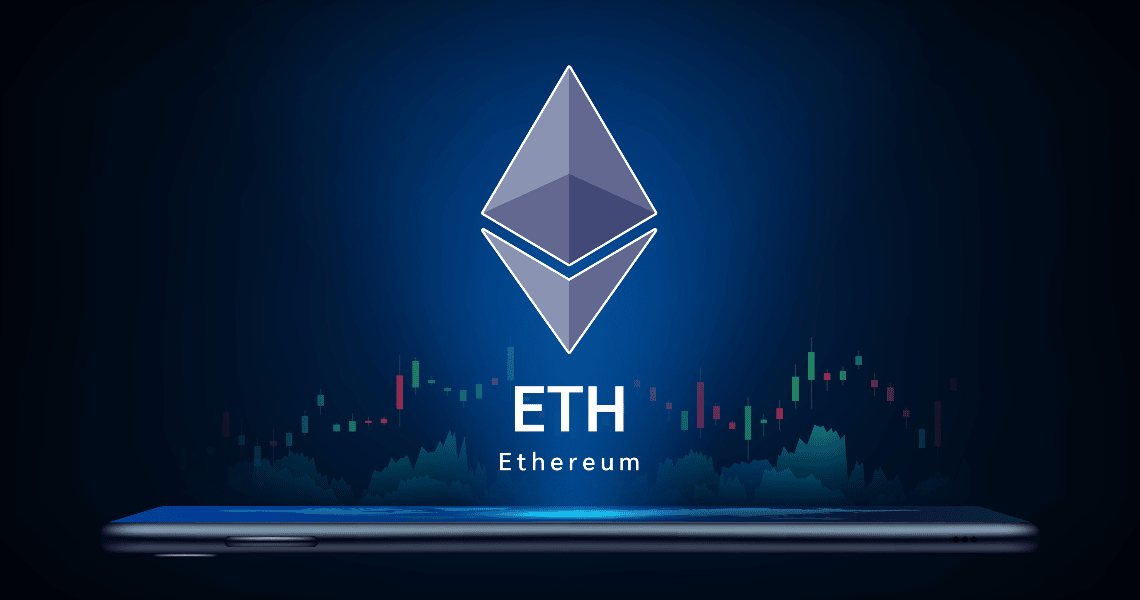|
Getting your Trinity Audio player ready...
|
In a significant update for Ethereum’s scaling solutions, Ethereum co-founder Vitalik Buterin has reasserted his vision for the decentralization of layer-2 rollups. On September 12, Buterin outlined his updated criteria for acknowledging the progress of rollup projects, marking a pivotal shift in the blockchain space.
Back in 2022, Buterin introduced the concept of “training wheels” for Ethereum scaling rollups, categorizing them into three distinct stages. This framework was designed to guide the gradual transition of rollups from simple, centralized mechanisms to fully decentralized solutions.
The Training Wheels Phase
Stage 0, often referred to as the “full training wheels” phase, is where a rollup project operates with minimal decentralization. At this stage, rollup transactions are recorded on-chain, and users have the ability to transact and withdraw without intervention from operators. However, the system is controlled by a basic multisignature wallet, and there are no fraud or validity proofs in place. This phase serves as a testing ground for rollup projects, allowing them to establish their basic functionalities.
Towards Decentralization
The next milestone, Stage 1, represents a critical advancement toward decentralization. Here, rollups must implement active fraud-proof or validity-proof schemes to enhance security. Furthermore, a multi-signature-based “security council” is introduced, requiring at least six out of eight signatures to make decisions. This council must be independent of the rollup organization to ensure impartiality. Additionally, any upgrades must be subject to a seven-day delay, providing a buffer for review and adjustments. Buterin has emphasized that only rollups meeting these criteria will be officially recognized starting next year.
In his recent X post, Buterin affirmed his commitment to this framework, stating, “The era of rollups being glorified multisigs is coming to an end. The era of cryptographic trust is upon us.” He expressed enthusiasm about the progress of zero-knowledge rollup teams, many of which are on track to achieve Stage 1 by the end of the year.
Full Decentralization
The final stage, Stage 2, is where rollups achieve complete decentralization. At this stage, no single entity can override the code output if it is bug-free. Security councils are limited to handling only critical bug cases, and any upgrades are subject to a 30-day delay. This phase represents the pinnacle of decentralization, ensuring that rollups operate with the highest levels of security and independence.
In June, several prominent rollup projects, including Linea, ZKsync, Arbitrum, and Optimism, projected that full decentralization would be achievable within a few years. As the blockchain community eagerly anticipates these developments, Buterin’s stringent criteria will likely shape the future landscape of Ethereum rollups.
As Ethereum continues to evolve, Buterin’s vision for layer-2 decentralization sets a high bar for rollup projects. With a clear path defined and growing excitement around zero-knowledge rollups, the era of true decentralized scaling solutions is on the horizon.
Disclaimer: The information in this article is for general purposes only and does not constitute financial advice. The author’s views are personal and may not reflect the views of Chain Affairs. Before making any investment decisions, you should always conduct your own research. Chain Affairs is not responsible for any financial losses.
A lifelong learner with a thirst for knowledge, I am constantly seeking to understand the intricacies of the crypto world. Through my writing, I aim to share my insights and perspectives on the latest developments in the industry. I believe that crypto has the potential to create a more inclusive and equitable financial system, and I am committed to using my writing to promote its positive impact on the world.



